|
I've official started at the Smithsonian (NMNH) as curator of mammals. I am currently assessing my research projects and will be starting to look for students with interests in evolutionary systematics and biogeography, particularly for Southeast Asian small mammals. Please send an email if you are interested in joining my research program. Below is a beautiful picture on my walk to the train last night. It is so good to be back!
1 Comment
We have another published paper from our field work in Borneo! Check out our paper entitled: "Endemism and diversity of small mammals along two neighboring Bornean mountains" In PeerJ. Available at: https://peerj.com/articles/7858
Thanks to all the co-authors who made this paper possible! Big changes are once again on the horizon- I'm departing from my position at Humboldt State University and returning to the Smithsonian, where I'll serve as the first female curator in the Division of Mammals! I'm incredibly excited about this change, but will also miss a lot about the wild Northern Coast of California.
I will be considering graduate students so please send me an email if you are interested! As a mother to a toddler, I now have an excellent excuse to go to Disney movies. I was young when the 1994 cartoon debuted, and it soon became my favorite Disney movie. I can't tell you the number of times I've seen it, and can still recall most scenes word for word. So when the 2019 movie was announced I knew it was time to introduce my daughter to a movie theatre. I however, brought my parents with, so, ya know, I could still make sure to watch the movie. Thanks mom and dad!
All that being said, and after all being a mammalogist, I wanted to provide my mamma logical review of the movie. For the most part the movie follows the exact same progression as the 1994 version, with minor dialogue changes, and a few additions. One thing I was happy to see removed- the giant anteater from the presentation of Simba. There are some great new African animals added to the scenes, and some of the non-natives removed (leaf-cutter ants are still in this version despite only being found in the Americas). My favorite new additions- Rhabdomys, the African striped mouse, the aardwolf, elephant shrews (genus Rhynchocyon) and galagos. The African striped mouse is especially cool because they are crepuscular so it is plausible that they would be active during the times the film portrays them (unlike the galago which is nocturnal). I also can appreciate some of the modifications of the lion behavior to be more realistic, but in a couple places it is not particularly accurate (and I understand why, see below). The scene Mufasa is taking Simba around the kingdom he climbs on top of a small rock and does a relatively small roar, my assumption is that he is mimicking the territorial behavior done by lions throughout the day to warn other conspecifics where to their territory. I also enjoyed the more realistic way the Simba charges Scar in the 'Deja Vu' scene mimicking Mufasa's death, not by miraculously flying up off the rock, but by grabbing his neck. I also like the added dialogue about Mufasa being challenged by Scar before, and losing- likely causing the iconic scar on his face. The most inaccurate portion of lion behavior occurs when Scar (after exiling Simba) asks Sarabi (Simba's mother) to be his queen. In real lion society the male would reign supreme and force the female to be his 'queen'. As a female I appreciate Disney skewing this portion of lion society to empower female choice, so this is a behavioral mess up I can live with. Overall it is a beautifully done movie, and I'll be purchasing the digital version when it is available. If you are interested in other corrections to the 2019 movie, see the YouTube video below, it covers many more aspects of minutia that didn't really bother me in the original. Overall, and as my daughter said: "Lion King, very good". 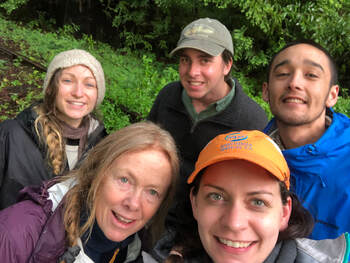 The summer has arrived, and the Hawkins lab has already done several small field trips to trap chipmunks, ramped up lab work, and analyzing results. We have a great group of undergrad and grad students working with myself and Dr. Karen Reiss, and despite some low trap success, and lots of messed with traps (dang bears!) everything is going pretty well. I will be presenting some results from my postdoc at the annual meeting for the American Society of Mammalogists #ASM100, and catching up with loads of friends and colleagues. Hopefully soon we will get a MiSeq lane ready to sequence and switch gears to data analysis. To the left is a selfie of Team Chipmunk searching for animals in Southern Humboldt County, California. I'm proud to say that one of the biggest projects I worked on during my postdoc is now published in BMC Genomics. This paper describes the whole genome of the greater bamboo lemur, and looks at changes in the population through time. This species has only about 1,000 individuals remaining, and is in direct conflict with humans throughout its range. By understanding the genome of this species we can make informed decisions about the conservation management of this species. Thanks to everyone involved! The paper is open access and can be found here! 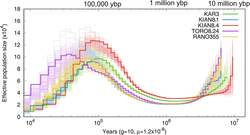 The trend in effective population size through time across the five lemurs we sequenced in this paper. 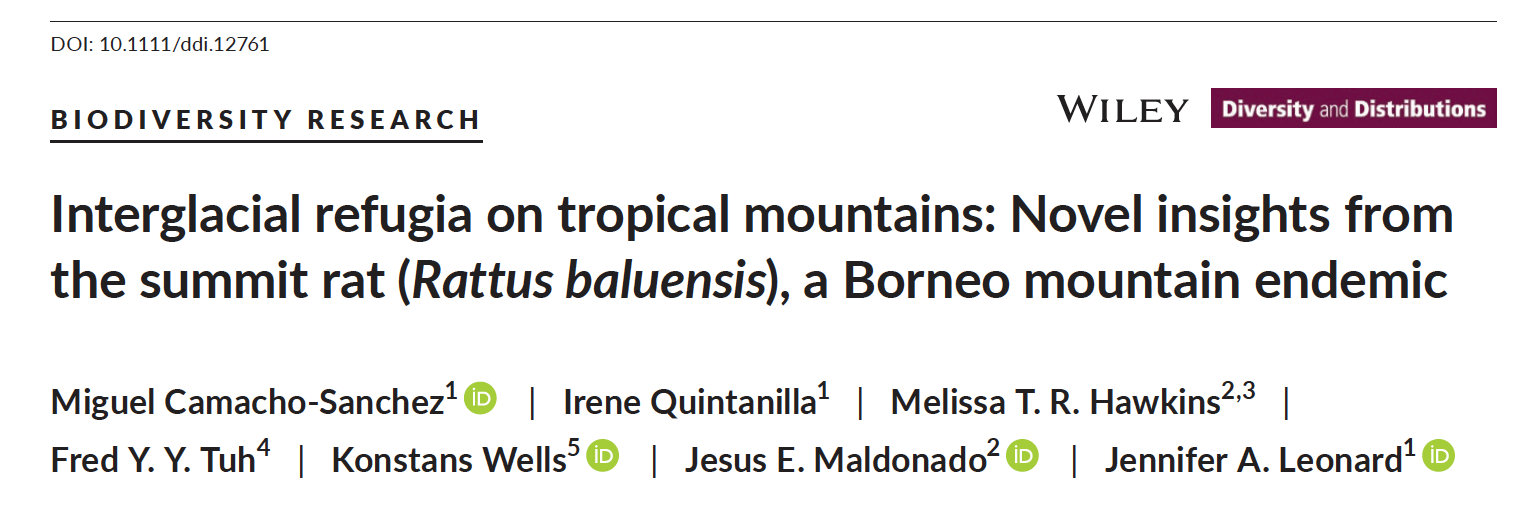 After a long time in the making our study of the summit rat has finally been published in Diversity and Distributions. This study used many rats we trapped during our elevational transects in Sabah, Malaysia, and below is one figure from the paper which shows the genetic structure of rats on the two mountains. They have only recently split, but show almost no overlap in genetic signatures (shown below in the blue and orange).
After a long time in the making Domenico (Nico) has published his first research article! I am very happy to have been involved in this project and it represents some high resolution data on male aye-aye home ranges! Great work Nico and the MBP, this is some of the their great work building conservationists in Madagascar!
Happy New Year! I'm super excited to start the year off with a new semester and new course (for me to teach anyways!). I will teach an upper division general education and biology course (Evolution) in the Spring 2018 semester. As if that isn't enough, I am returning from maternity leave and now have a wonderful little newborn! This semester I will be working on developing my research lab, and searching for a limited number of students to join the lab. I'm still working on a catchy name and logo, so stay tuned for that!
In September our paper was published to ZooKeys on the taxonomy of American deer, a group some may mistakenly have thought was well understood. I participated in this project with Eliécer Gutiérrez among others while at the Smithsonian Institution. While there are many important findings in this paper, one of the most notable was that the taxonomy of deer has historically been almost exclusively based on morphological characters, which when compared with DNA sequencing resulted in highly different results. This just goes to show you even animals like white-tailed deer are not as well understood as we think! Check out the article here: https://doi.org/10.3897/zookeys.697.15124 Photo by Lee Fisher courtesy of Detroit Zoological Society. Included in the deer phylogeny is the genus Pudu, the smallest deer in the world. Check out this adorable picture from the Detroit Zoo! |
AuthorMissy is a geneticist, and field biologist who enjoys both observing mammals in their natural environment and combining that with DNA detective work. Archives
May 2023
Categories |
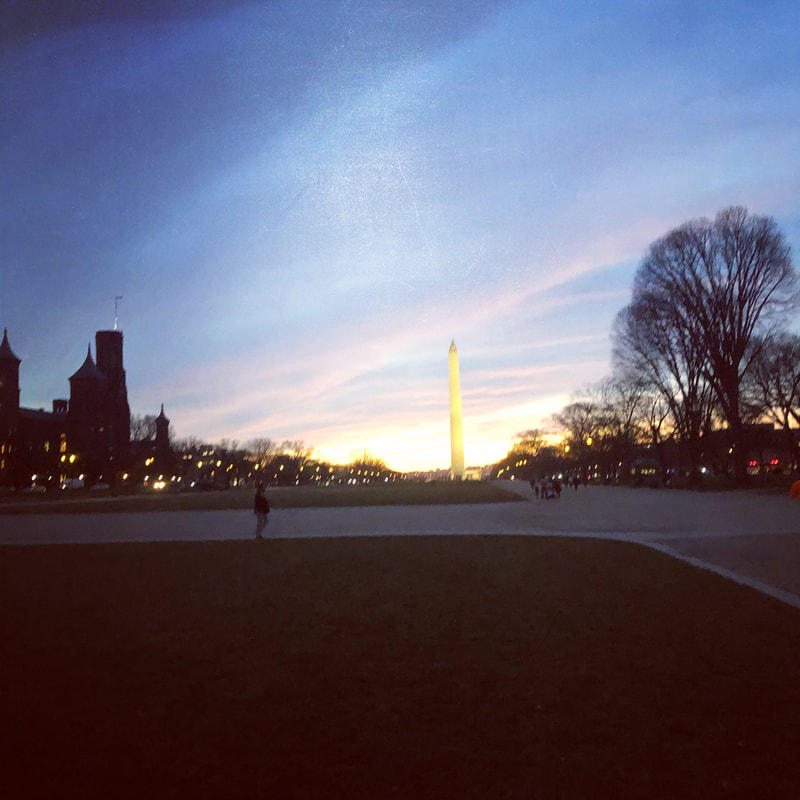
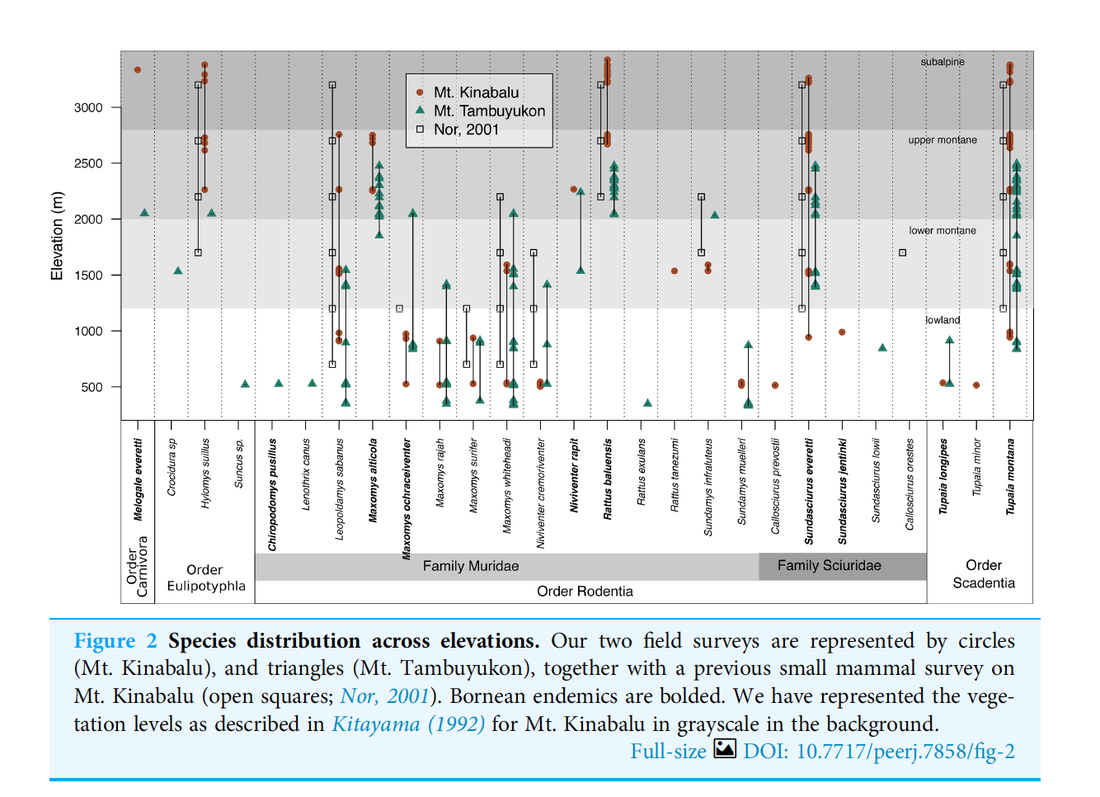
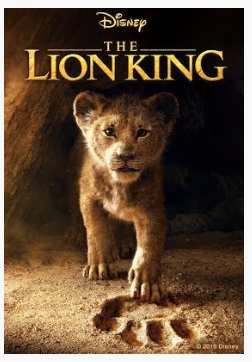
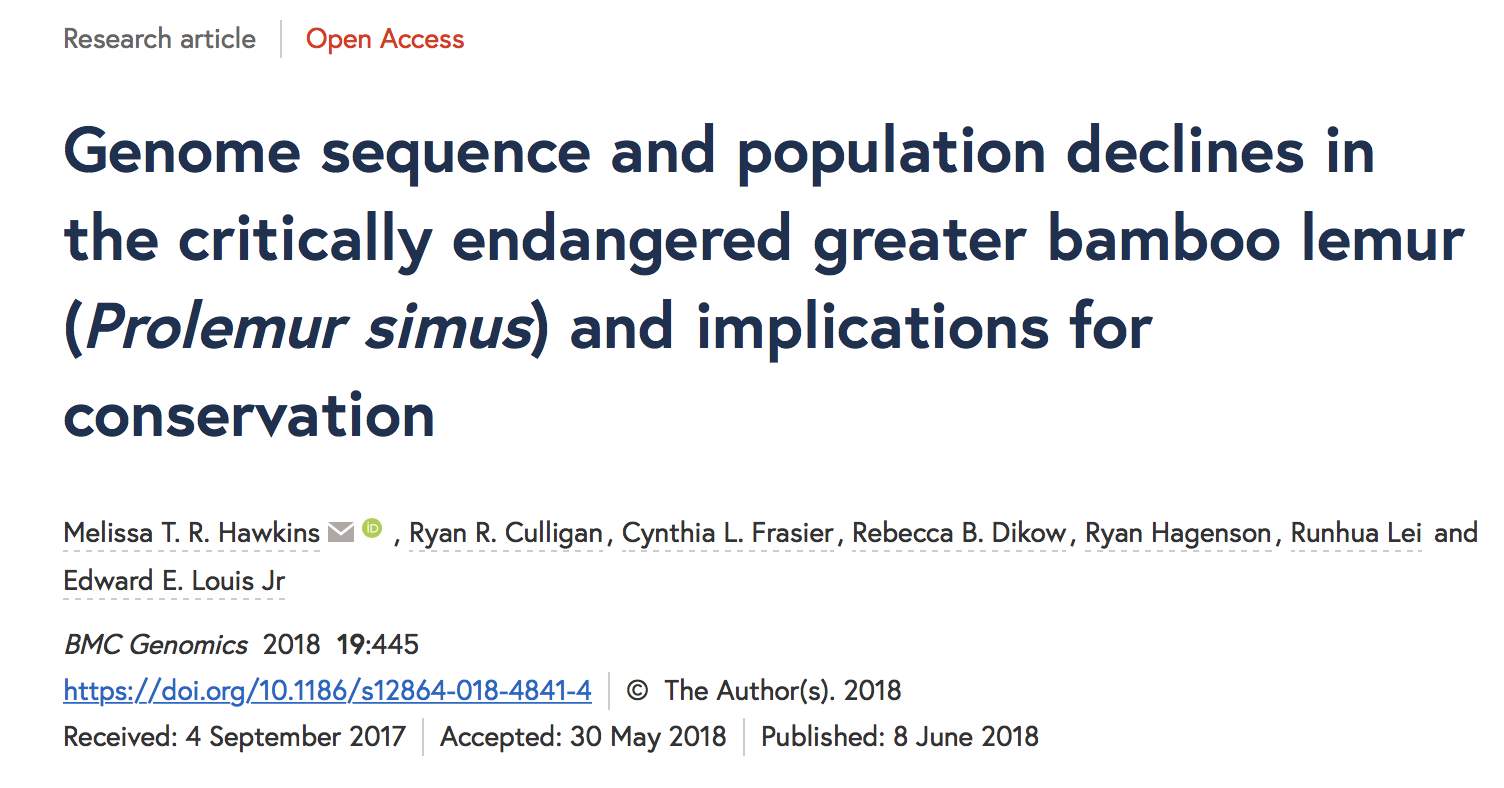
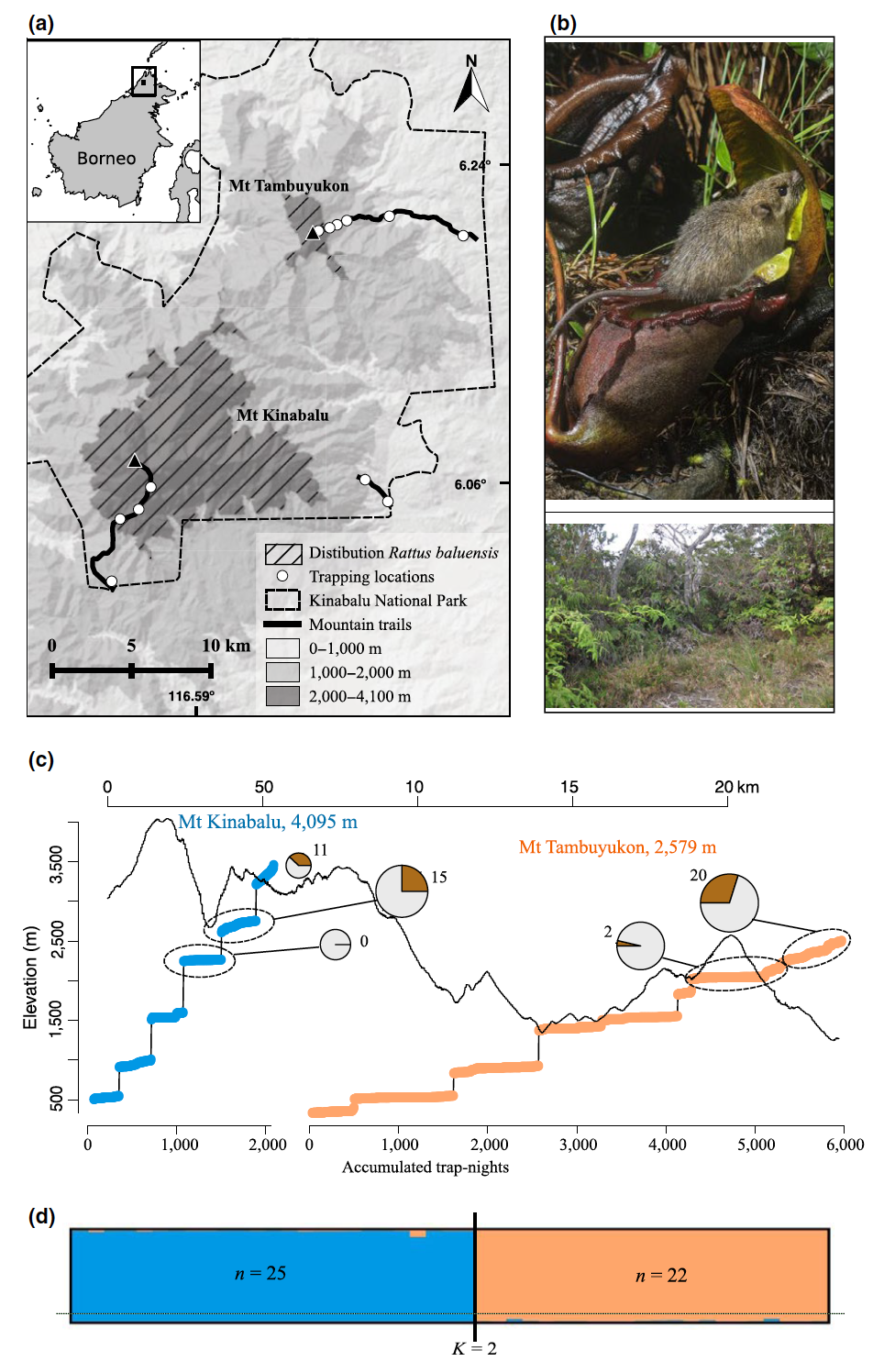


 RSS Feed
RSS Feed
